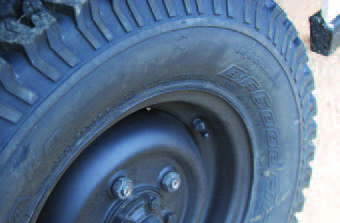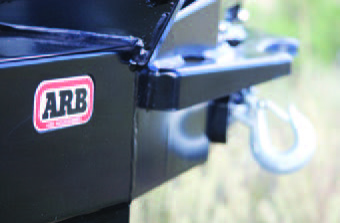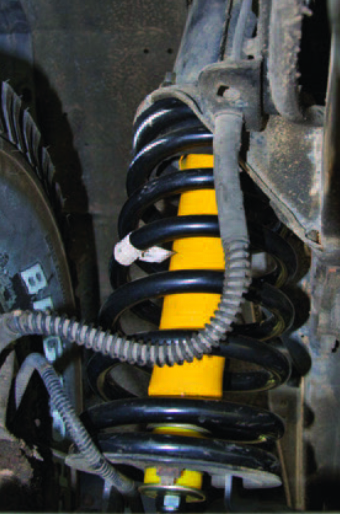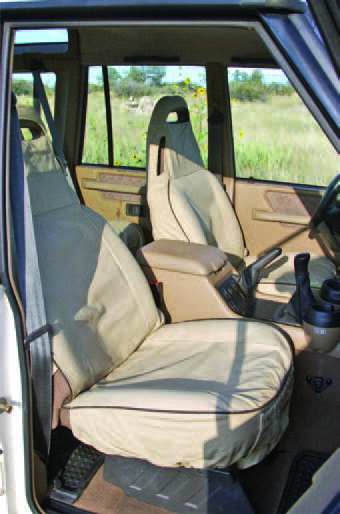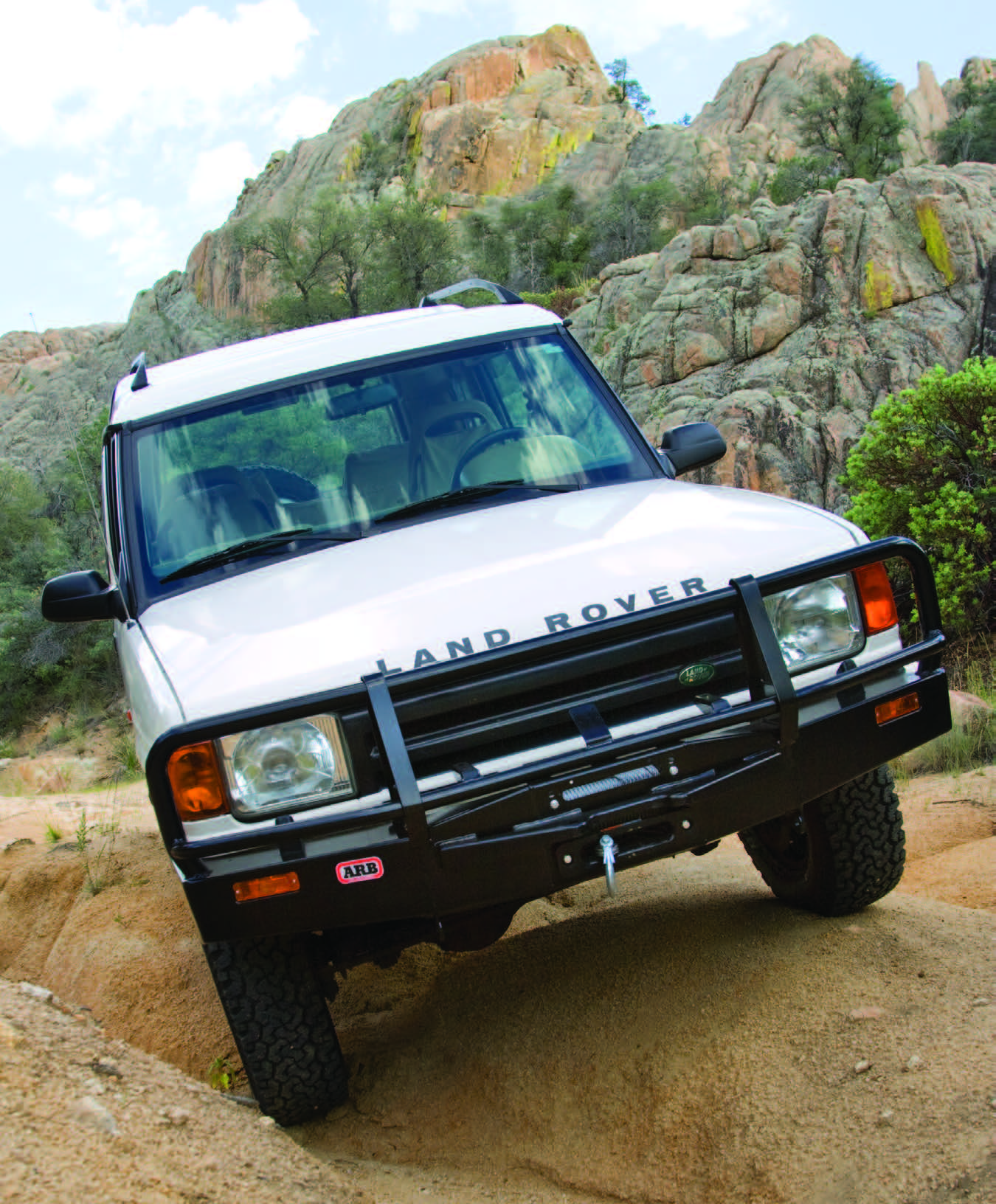Editor’s Note: This article was originally published in Overland Journal, Fall 2008.
I still remember the article about the 1991 Camel Trophy. The words and images are as visible in my mind today as the first time I saw them.
I had casually picked up a 4WD publication from a newsstand. Thumbing through its pages, I stopped short at a photo of a sandglow-colored Land Rover Discovery, half-buried in the mud, listing heavily to one side, a half-dozen participants hanging from the roof rack, bumpers, and doors. That was the first article I ever read about vehicle-dependent expedition travel (or anything related to 4WDs), and it has shaped my vision of adventure to this day. There’s something about a half-buried Land Rover deep in some rainforest that connects with all of us, whether or not you would own a Land Rover.
For me, the desire to own a Land Rover was immediate and persistent. When the Discovery first became available in the U.S., I drove to the new Boise, Idaho, Land Rover Center. It was late 1994, and I was a Senior Airman in the Air Force, so it became clear to both the salesman and me that a new Discovery was not in my immediate future. But the gentleman was gracious enough to indulge my excitement, and let me drive a beautiful 1995 Discovery I with a 5-speed around their dirt track. I never forgot that truck.
Fast forward to 2007, nearly 14 years after that first test drive, when I started looking for a clean, low-mileage, 5-speed Discovery SD. Good fortune came when Britt Pinson, a good friend (and Discovery owner), found a near-perfect SD in Salt Lake City, Utah. I called the dealership, asked a few questions, attempted to contain my enthusiasm (and probably did a poor job of it, given how little they budged on the price), and booked a same-day, one-way ticket to SLC. Within hours, I was driving home in my new Land Rover, grinning from ear to ear.
So, I had found my Eleanor, but I was concerned about over-modifying a vehicle associated with such personal nostalgia. I decided to limit myself to minor modifications, using high-quality products and with the minimum compromise to highway performance, economy, and reliability. With 77,000 miles on the odometer, the modifications began. Throughout the process, I contacted several Land Rover gurus who also had a good sense of style and function, and I assembled a list of components that would add trail capability, durability and protection. In part two (in a coming issue), we’ll install the camping systems, National Luna fridge, a new prototype drawer system from Adventure Trailers, and the remaining trail modifications.
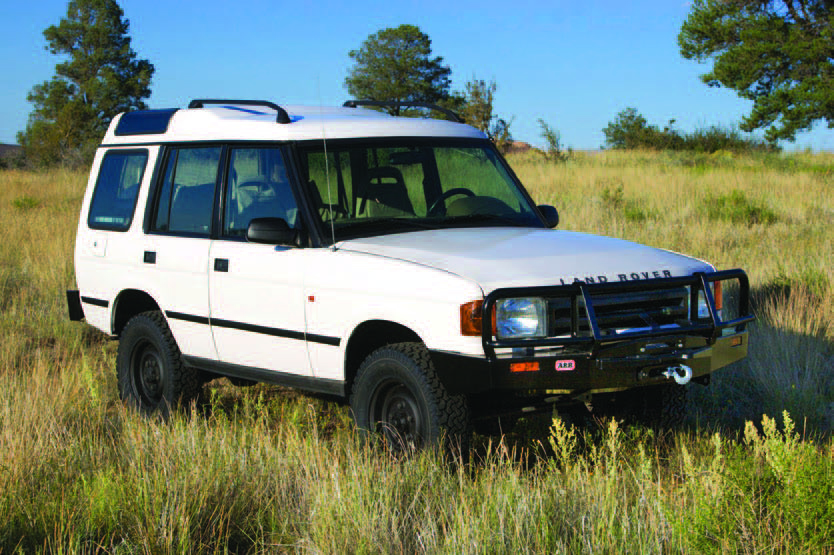
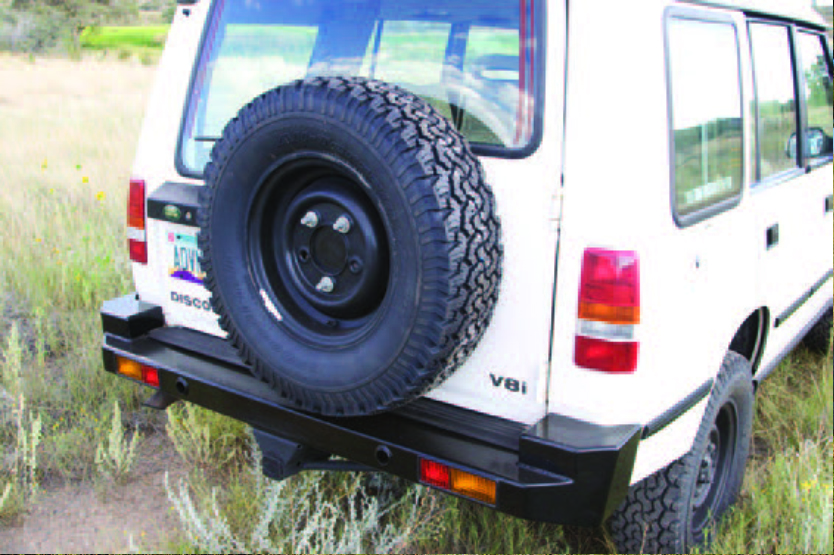
Performance, economy, and reliability
1. Ride quality and handling, along with load-carrying capacity, was greatly improved by installing an Old Man Emu (OME) suspension system. To match the intended load, front OME751 and rear OME762 springs were used. OME shocks and a front steering stabilizer were also fitted.
2. To improve traction in technical terrain, we installed BFGoodrich 245/75 R16 All-Terrain tires on 6.5-inch Land Rover Genuine NATO steel wheels. The tire size is a good compromise between road performance, clearance, and ease of fitment.
3. We selected an ARB bull bar for mounting a Warn M8000 winch, and to protect the Discovery from an animal strike or minor accident. The bumper retains the headlight spray nozzles, and allows installation of auxiliary lighting and a VHF/UHF antenna.
4. To protect the factory cloth seats, Sandstorm sewed a set of canvas Safari Smart seat covers, which included both front seats and a full cover for the folding rear seats (retaining the split seat capability). Further protection comes from a complete Land Rover Genuine Parts rubber floor mat set.
5. We installed a ProLine steel replacement rear bumper, which looks similar to the stock bumper. It is significantly stronger, thanks to increased thickness and all-steel corners and indicator mounts, has a clean look, and retains the factory receiver.
6. To improve pitch control and prevent the rear springs from separating from the top mount, we installed Expeditionware spring retainers. Land Rover rubberized isolators and shock tower rings were installed, which immediately improved sound damping, and provided a more solid, attenuated ride.
